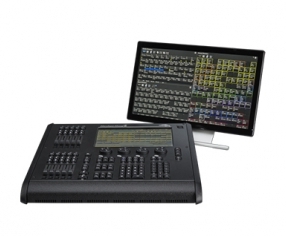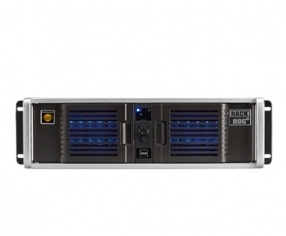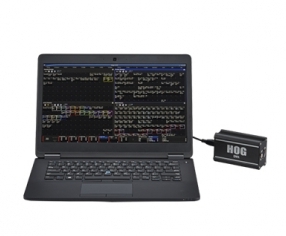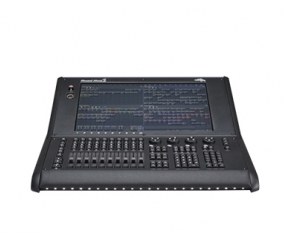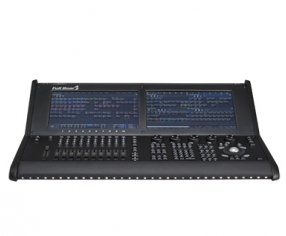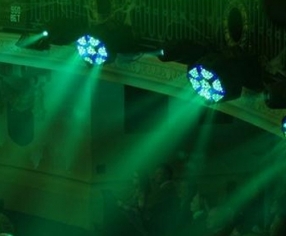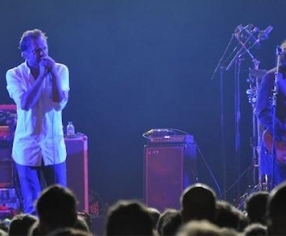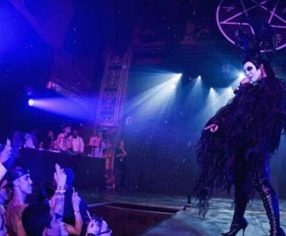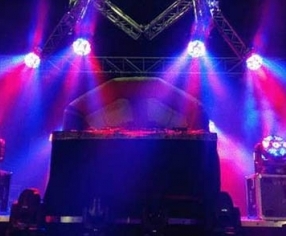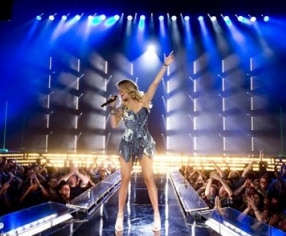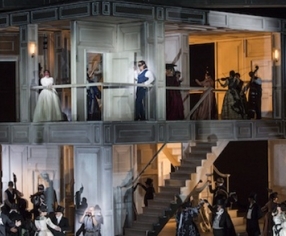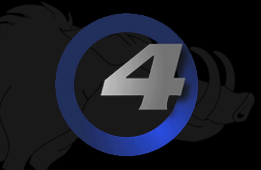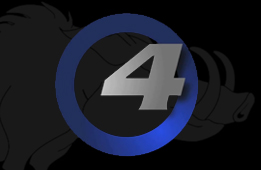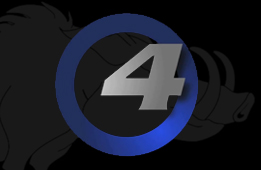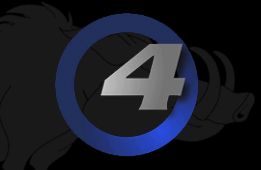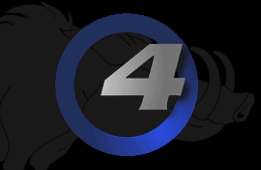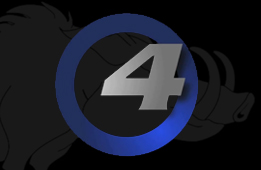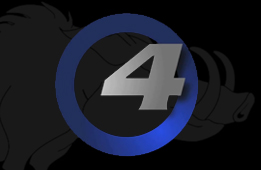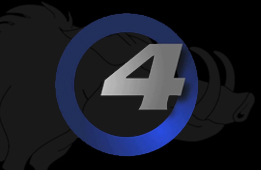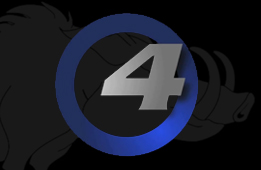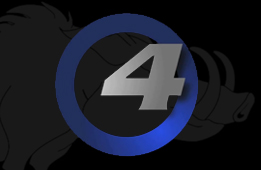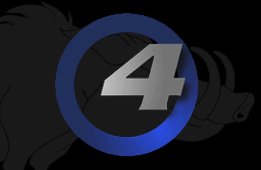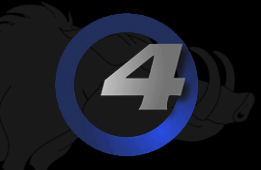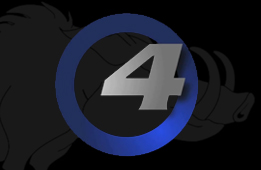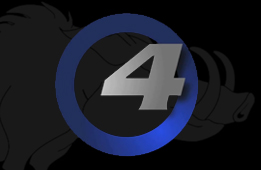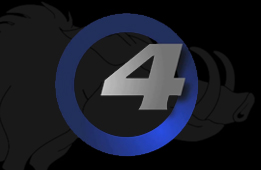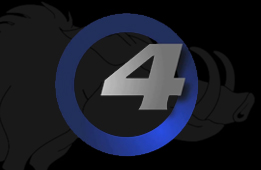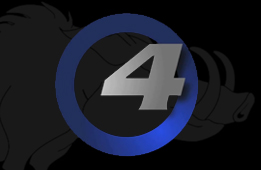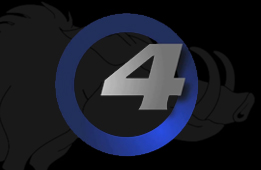Scheduled for release next year, Fantastic Four promises to be another blockbuster for 21st Century Fox. Directed by Josh Trank, the film is rumored to be a revamped origin story of the popular characters. Full of effects and action, the programming team counted on the power and sophistication of High End Systems' Hog 4 family of lighting consoles to capture the magic. A bevy of Hog control products were used during filming, including two Hog 4 consoles, one Road Hog 4, one Nano Hog 4 PC, three Hog PC Servers, three DP8Ks and two Tablet PC Hog4 Remotes. On the set were Console Programmer Scott Barnes, Director of Photography Matt Jensen, Chief Lighting Technician (gaffer) Erik Messerschmidt, Assistant CLT Andrew Korner, Supervising Chief Rigging Electrician Jeff Soderberg, Technical Supervisor Mike Visencio, and 2nd Unit Console Programmers Josh Thatcher and Elton James.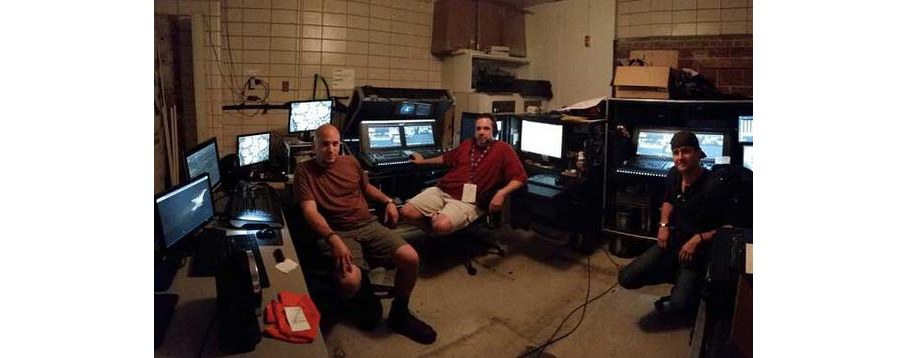
Barnes and the lighting team utilized the Hog's ability to communicate via Art-Net for even greater flexibility than previous productions. He explains, "It was definitely more Art-Net than I've done before - we used a lot of Art-Net on that show. We used our typical configuration with multiple stages networked together. I have an Hog PC system with an 8K on each stage, all tied into the stage's infrastructure network; I piggybacked on that and communicated with any of the servers using a tablet or the console. We had a lot of interactive lighting throughout the entire movie - movers, LEDs, and a lot of pixel mapping. The characters often manipulate light and there was a lot of effects lighting happening everywhere, so we needed Hog 4's ability to quickly achieve those effects, but also we utilized the FixtureNet port and strung Art-Net all throughout the rig, including one location in an empty hospital where we shot for five weeks. This allowed us to connect the console in many different places. The Art-Net was really handy; on previous shows, if we pixel mapped anything, Josh would bring in the Catalyst and set up the pixel mapping. We would always output the DMX from the nodes of the Catalyst, so the system itself had Art-Net nodes that would output the DMX - but then we realized with the Hog's ability to use Art-Net in, we could actually feed the Catalyst and Mbox media back out via Art-Net to the console and feed it directly to whatever universe we needed to send DMX to via the media server."
"In the past, the pixel mapped fixtures had to be separate from all the different parts of the rig, but now we can patch the whole set, not thinking about the media part, and have the ability for the Hog to control it. But we also had this awesome ability to tap the media server via Art-Net back to the console - so it was a two way street. - not only could we control the media server via Art-Net from the console, but the media servers would back feed the DMX to the console. Via the Art-Net in on the Hog, we would map those DMX channels we know we'd need for pixel mapping and switch them to Art-Net in. It was truly awesome, and Eric loved it. He had the choice - do I want to control these conventionally or do some crazy stuff with media - and have them controlled with the media server - so we were able to leave the rig intact, and let the Hog determine is this data going to come from media or is it coming from Hog? That was a really efficient way to do it because of the sheer amount of interactive lighting." 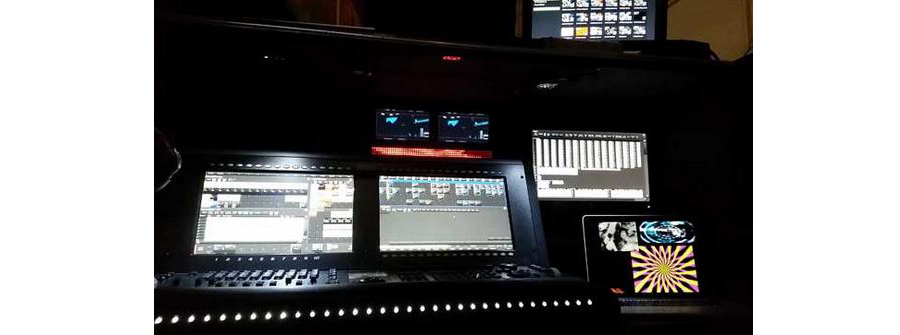
"I had about five weeks to prep," Barnes adds, "and we experimented with the possibilities. We knew we were getting into a lot of media and interactive lighting, so it was more involved. Those extra weeks allowed me to play around with solutions. We realized that Art Net was going to be a lifesaver, and the Hog's ability to use Art Net was a lifesaver as well. Josh initially handled the second unit and provided the networking package - the 8k's and the Opti we had on stage. He came in for a while but had other commitments, so they were happy to keep him as long as they could, and then we brought in Elton. He is kind of new to Hog but he is super sharp and picked it up faster than most people I know. That's not normally how Josh and I work, but this one was a little different.
Barnes and Thatcher have pioneered the use of tablet PCs with the Hog 4, allowing them to streamline their work on movie sets. Scott comments, "We both have new tablets - the Sony Vaio convertibles, and we use them in a few different ways. Primarily the tablets serve as remote focus units. I can walk out on the set and quickly accomplish what I need to do. Some functions are not inherently easy to control on a tablet - you really want those encoders, but once you get the knack of it - it's extremely helpful and the camera men love it. They're used to having to communicate to the gaffer, then the gaffer calls on the radio and then we make it happen at the console. Now he can look to his right and there's a programmer with the Hog system on a touch screen; that's pretty handy, especially for those little last second changes, where just before we roll he wants to bring a level down. And gaffers love it because we're close by. Some people like us to be on set a lot and use the tablet as much as possible, but there are things that the tablet can't do as quickly as the console, so I have to pick my battles as far as being behind the console or in there with the tablet. The tablet is also very handy for triggering cues on set. Typically we trigger cues from the video feed that we get from the camera, so we can be at the console and see what the camera sees. But every once in a while, they need to be triggered by what we see off camera; in that case we'd use the tablets on set to trigger the cues."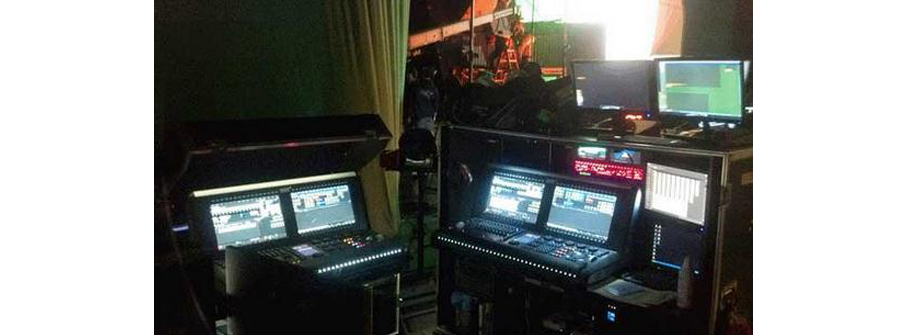
Scott says Mike Visencio's contribution to the production made the expansive lighting requirements for Fantastic Four much easier to implement and control. "Mike comes from a fixture background, and usually works as a fixture foreman; he supervises the crew that prepares, builds, installs and rigs all the fixtures. But his role on Fantastic Four was different - they wanted Mike for his experience, so they created a new role of Technical Supervisor, and it worked out really well. With LEDs, there's a lot of channels and data management and many controllers to deal with, and you have to patch all that in the console. Mike picked up on the Hog over the years, and decided to get the Nano, so that he could tap into the Hog network and patch all the LEDs in for me. It eased my work load on first unit, and he truly went above and beyond. He prepped the console, made sure it was patched, built groups and labeled fixtures for me, so he set up the console in my working style - so when I walked in I had less to do to be ready.
According to Barnes, Fantastic Four was the largest iteration of Hog control on his sets to date. "It was a great exercise on how to use Hogs for more efficient movie shooting. The gaffer who hired me - Erik - is a big up and comer and a very unique individual. He's very tech savvy, and loved using the Hog 4 and Art Net; he wants to utilize as much technical lighting as possible - he's not old school. Erik pushed me a bit on that movie, as far as my programming. His joke on the set was to say ‘I want to make sure the ‘Enter' key is worn down where you can't even read it' - that was his play on using the console. Erik wanted everything coming from the Hog, and have the ability to control every aspect, so he could make changes quickly and remotely."

Hog 4 Desks Control Interactive Lighting Rig On Fantastic Four
Back


